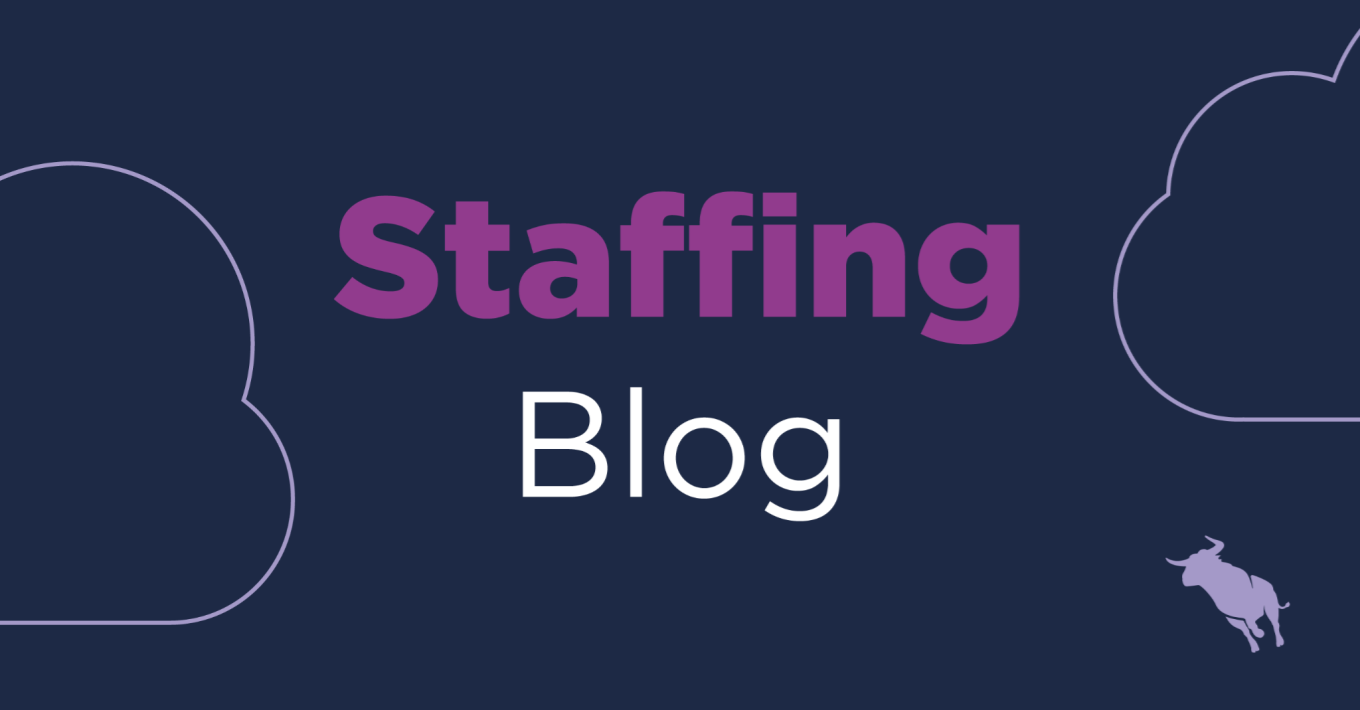4 Ways to Handle Price-Cutting Competitors in the Staffing Industry

It happens in all industries, playing out similarly every time. A new competitor arrives on the scene with a similar offering to everyone else, but sells it at a fraction of the cost. They undercut, they take customers, and they force competitors to act.
Some industries are more susceptible to price-cutting than others. In consumer electronics, for example, a manufacturer can make huge savings if they’re clever in material sourcing, product manufacturing, and distribution, and can pass these savings onto the consumer. With this in mind, it’s all the more impressive that Apple has maintained its dominant market position by charging $1000 for a phone.
Service industries are a different beast, though. Staffing is ultimately reliant on customer-facing staff with industry-specific and ideally local knowledge. There’s only so far a competitor can cut their prices before it has a detrimental effect on their business.
Nevertheless, price-cutting still happens in the recruiting sphere, and how you deal with competitors looking for a race to the bottom will decide the long-term fortunes of your organization.
Price wars don’t have winners – only survivors. So rather than charging toward rock bottom, let’s take some inspiration from Apple and other companies who have dealt with the undercutters and low-ballers in a more dignified, less organizationally debilitating way.
1. Differentiate yourself from the price-cutting competitors.
Comparing your staffing firm with the price-cutting firm is like comparing apples and oranges. You’re both the fruit of the recruiting industry, but that’s where the similarities end. You need to identify the major differences between your organizations and become adept at explaining them to your customers.
Make it as clear and simple as possible. Here’s what we offer, here’s what they offer. Here’s how we work, here’s how they work. Here’s why we’ll provide quality service for the long term, here’s why they probably won’t. It’s not about disparaging the other firm – it’s is about laying down the facts, and helping the customer make an informed decision.
Another way to differentiate your firm from others is by exploring the technology you use that makes you unique. They’ve been doing this in the RPO space for years, but staffing firms should be pitching how they’re using technology to create a modern experience for their candidates and how technology impacts internal operations.
Also, pitching against competitors shouldn’t be about them; it should be about your firm and how you’re different. Ultimately going on a competitor-bashing path only puts their name in your mouth.
2. Focus on value, not price.
Why enter a price war? You’ve set your prices at a certain level for a reason, and to reduce them is to reduce the levels of service to which your clients have become accustomed.
As Apple has so powerfully shown, offering ‘premium pricing’ – an entirely relative term – is far from a bad thing, provided your customers identify it as this rather than a shameless money grab. In this way, you need to demonstrate not the price of your service, but the value.
Demonstrating value requires total transparency. You need to be able to explain every cost down to the cent and show how each contributes to the overall service offering. This transparency can help a customer identify issues with the offering of the lower-priced firm, making it clear that they must be cutting corners or skipping steps in order to offer those low, low prices.
3. Put the customer at the center of everything that you do
It shouldn’t take price-cutting competitors to turn your firm into a customer-centric organization, but a new and disruptive marketplace entrant can certainly help you to refocus your customer efforts.
Working in a service industry, recruiting firms are judged on their ability to build and maintain customer relationships and deliver quality talent. This means gaining a deep understanding of your customers, keeping lines of communication open, providing consistent, quality service, and going the extra mile for them when needed.
The strong customer bonds that result from these efforts will help you weather the price-cutting storm, or at the very least give you the opportunity to negotiate with a customer who is considering digging around in the bargain bin.
4. Sell solutions, not a product
The way you frame your services has a huge impact on how their value is perceived. Apple doesn’t simply tout their phones as having a good camera or a nice screen. No, they sell what it can do for you – FaceTiming with grandchildren, hitting your fitness goals, dancing to music.
Likewise, where your price-cutting competitors will be selling a product (and hoping that customers don’t dig too far into the details), you need to be selling a solution. Here’s how our service will help you. Here are the results you can expect to see by choosing us. Like focusing on value over price, framing your service as a solution will help your clientele understand why the cheapest option is rarely the best.
Sure, you may not see yourself as the Apple of your market. But when a price-cutting competitor sets up shop next door, you need to be able to position yourself as the best, rather than the cheapest, just as the consumer electronics giant has.
Staffing and recruiting is a service game. Cheap very rarely wins in the long run. So spend your time focusing on your customers rather than racing to the bottom.








